elementgs
No longer a newbie, moving up!
- Joined
- Sep 1, 2013
- Messages
- 136
- Reaction score
- 26
- Location
- California!
- Website
- www.element.gs
- Can others edit my Photos
- Photos OK to edit
I know this is such a vague question but I really am kicking this around a lot lately and I'm just wondering, do I really stand a chance?
I want to make this a career more than anything and quite honestly I'm not worried about the difficulty I know I will face. I know making money in landscape photography is really difficult, even if I was Ansel Adams, I'm just not worried about it... I spent my life up to age 29 in sales and the past 7 years in the military. I can handle the difficulty... what I want to know is if I actually have the talent for it.
I'm 100% self taught at this point, no classes, no mentor... just one year, the Internet, a lot of passion, and 10,194 mistakes so far.
My 500px has all the pictures I've published and if you start from the bottom up you may notice a steady progression of knowledge gained... I'm still bouncing around a bit trying to decide on my personal style but I'm really getting a feeling for it.
I'm open to honest feedback and appreciate any and all comments.
Thanks!
I want to make this a career more than anything and quite honestly I'm not worried about the difficulty I know I will face. I know making money in landscape photography is really difficult, even if I was Ansel Adams, I'm just not worried about it... I spent my life up to age 29 in sales and the past 7 years in the military. I can handle the difficulty... what I want to know is if I actually have the talent for it.
I'm 100% self taught at this point, no classes, no mentor... just one year, the Internet, a lot of passion, and 10,194 mistakes so far.
My 500px has all the pictures I've published and if you start from the bottom up you may notice a steady progression of knowledge gained... I'm still bouncing around a bit trying to decide on my personal style but I'm really getting a feeling for it.
I'm open to honest feedback and appreciate any and all comments.
Thanks!


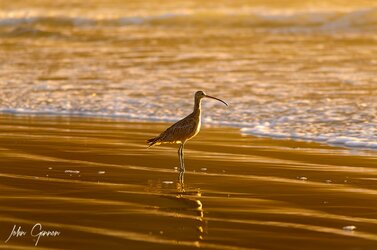
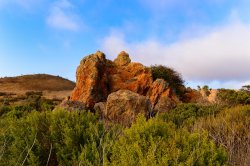

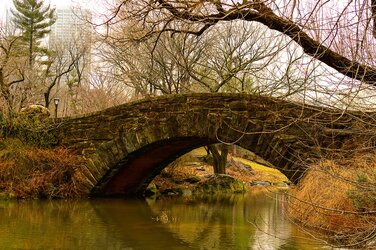
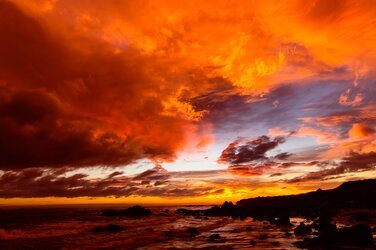
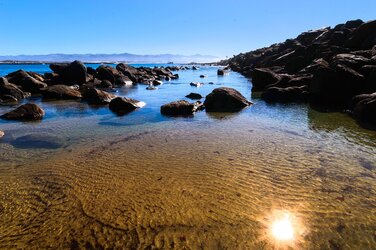
![[No title]](/data/xfmg/thumbnail/39/39443-45e1b162b6c7c1d8ebbc8faf5623b705.jpg?1619739034)
![[No title]](/data/xfmg/thumbnail/37/37092-c446ffb89610a57384a51ac5254beffd.jpg?1619737881)

![[No title]](/data/xfmg/thumbnail/32/32930-09414fc020c2a60a456ff59a05c5ef8f.jpg?1619735759)

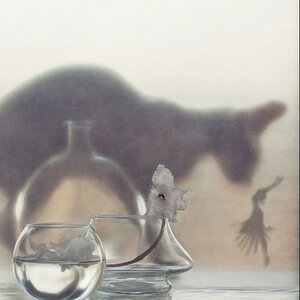
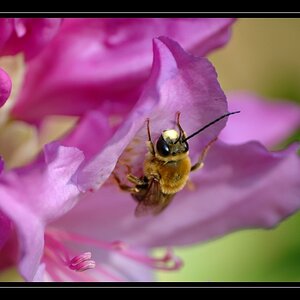
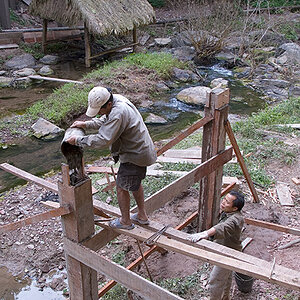
![[No title]](/data/xfmg/thumbnail/36/36301-27972c0474532c2ef657014362950733.jpg?1619737495)
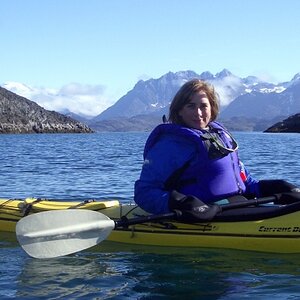
![[No title]](/data/xfmg/thumbnail/30/30993-7c6dca4375064e92f2ea6cbfabf9b59e.jpg?1619734556)
